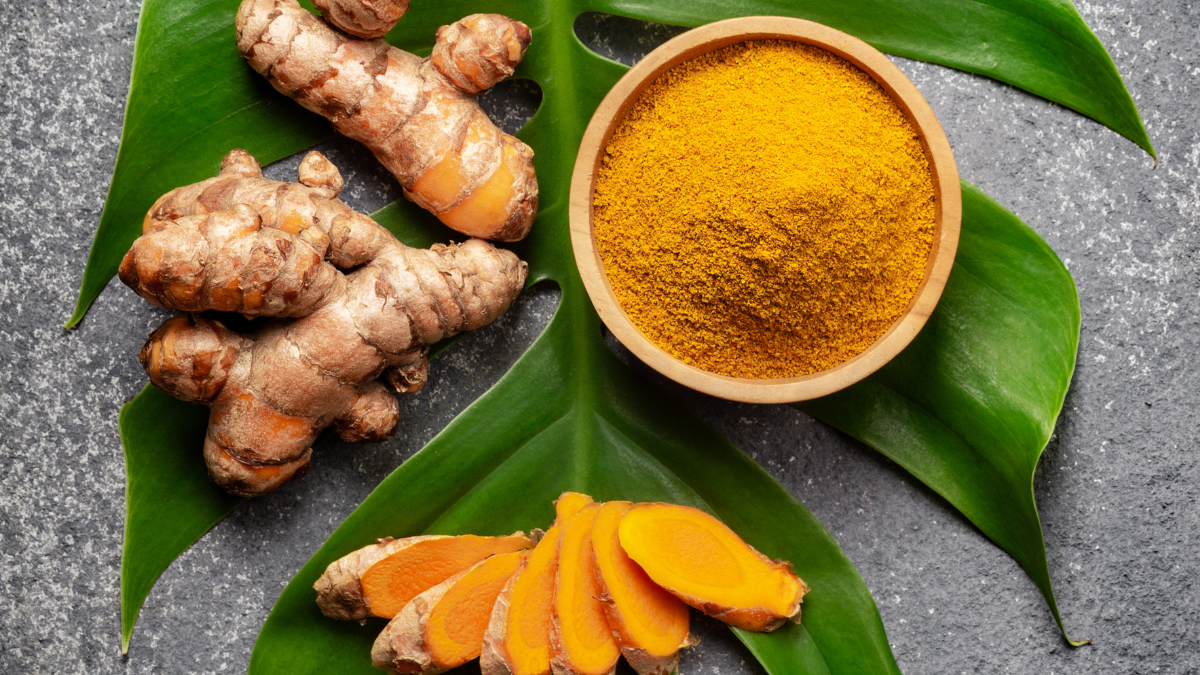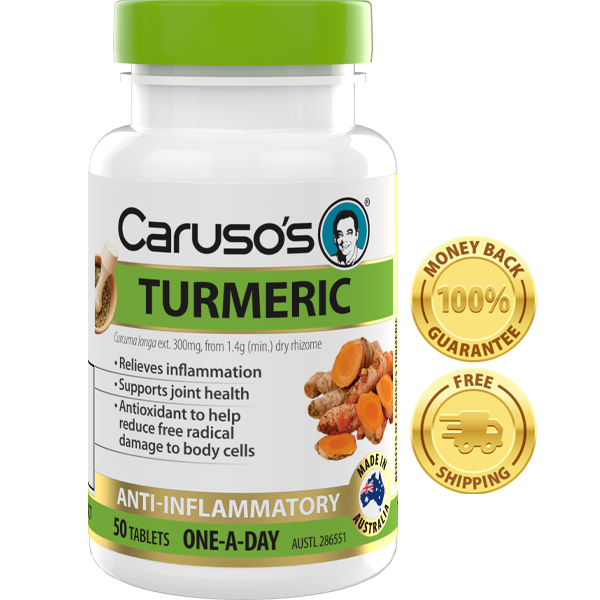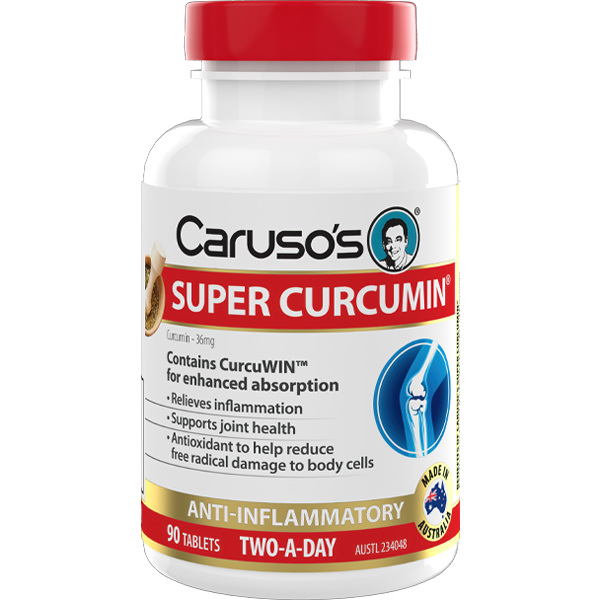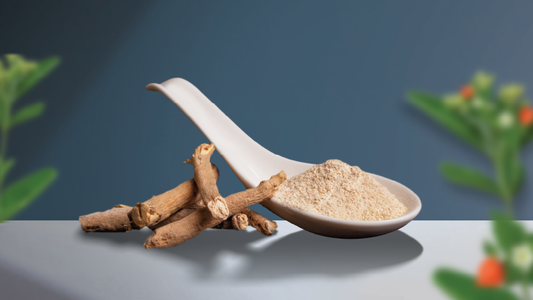
Benefits of Turmeric For Joint Health
share
Historical Use Of Tumeric
Most of us are familiar with turmeric as an ingredient in cooking, nestled amongst the other herbs and spices in the spice rack, it’s hard to ignore with its vibrant golden hue. There’s no denying the warming and comforting goodness that a good bowl of curry can deliver, however, the benefits of turmeric are not a discovery of modern times, its use can be traced back to over 4,500 years ago!
Turmeric was not only used as a culinary spice and a revered traditional medicine, but it also played an important part in religious practices, wedding ceremonies and was even worn as an amulet to ward off evil spirits. Turmeric was often used to dye the cloth for the vibrant, golden robes worn by Buddhist and Hindu monks.
As a native plant of Southeast Asia, India has long been the largest producer of turmeric since its early beginnings. Turmeric root comes from the plant Curcuma longa which belongs to the same botanical family as ginger. The underground stems are called rhizomes which are harvested, dried and ground into a yellow powder. Because of this bright colour, turmeric has also been known as ‘Indian Saffron’.
Currently, turmeric is enjoying the limelight as one of the most popular herbs on the market for joint health and to relieve inflammation with good reason. Much research has been conducted on the medicinal uses of turmeric and you’ll find the internet and trendy cookbooks brimming with recipes for lattes, smoothies, dressings and of course, curries to help you incorporate turmeric into your diet.
So, what is it that makes turmeric so beneficial for relieving inflammation and supporting joint health?
The turmeric root naturally contains bioactive substances called curcuminoids, the most important of them being curcumin. Curcumin is the compound which is responsible for the medicinal actions of the plant. Although curcumin only takes up a small proportion of the total root, it possesses powerful anti-inflammatory and antioxidant properties. Curcumin can be hard for the body to absorb, so when adding it to recipes it’s important to ensure that there is a fat component in the dish, such as yoghurt, olive oil or nuts to help get the full health benefits from the root.
Joint health is important in all stages of life, particularly as we age and as our joints are more vulnerable with wear and tear. Turmeric has been shown to be effective for relieving inflammation. Turmeric is not only helpful for relieving inflammation, but it can also help to protect our cells from free radical damage through its antioxidant action. Antioxidants help to keep our cells operating as they should, our body systems running smoothly. Oxidative or free radical damage has been linked to many health conditions, so antioxidants are important to keep our bodies healthy.
The popularity and medicinal benefits of turmeric have stood the test of time. If you are looking for an anti-inflammatory herb that maintains joint health, with the added antioxidant benefits, why not give turmeric a try?
Try it now

Caruso's Turmeric
Try it now

Caruso's Super Curcumin®
share
Stay Informed. Feel Your Best.
Get expert tips and actionable health advice. Be the first to hear about Caruso's product launches and receive exclusive promotional offers.
Join our newsletter today.



